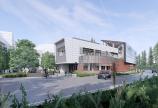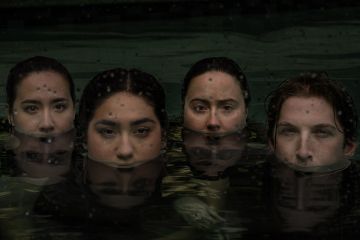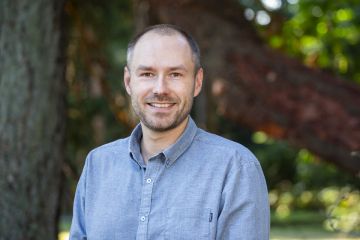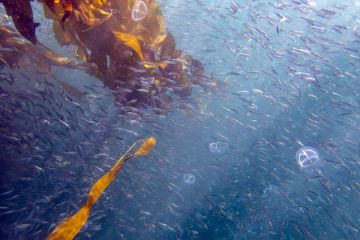Engineering and computer science expansion supports students and climate solutions
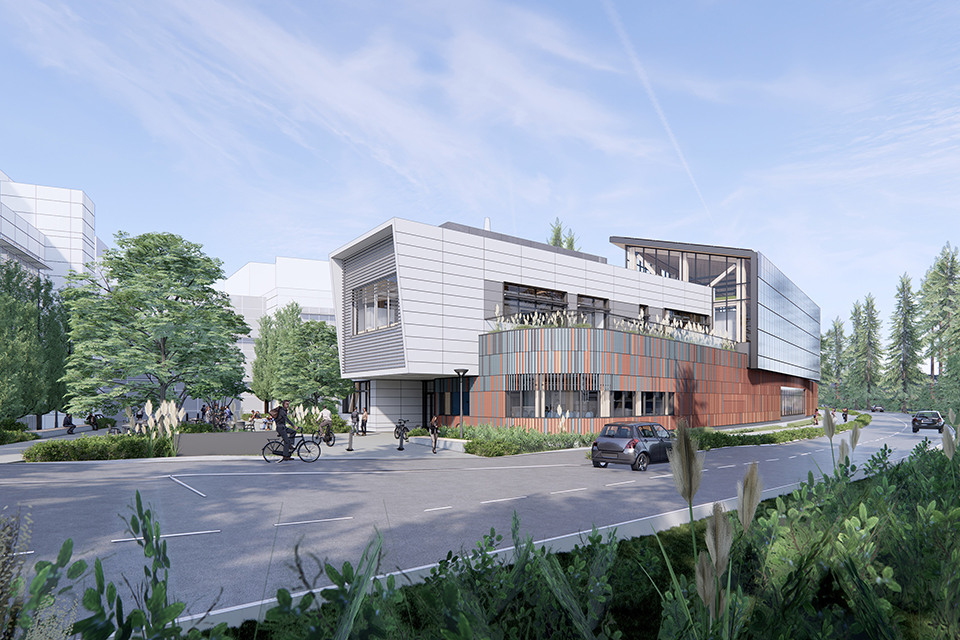
With growing demand for engineering and computer science programs, the University of Victoria and the Province of British Columbia are building new state-of-the-art learning facilities and expanding programs. This enables more students to work toward high-impact solutions in fields such as environmental sustainability and health-care technologies.
Engineers and computer scientists play a critical role as innovators on global challenges such as clean and affordable energy, health care and well-being, and sustainable infrastructure. We aim to graduate enterprising people with a social conscience and global perspective, and these new spaces will provide the facilities to nurture highly skilled professionals who will be technological leaders and enrich the local and regional workforce and economy for decades to come.
-- Kevin Hall, president, UVic
With BC’s support, UVic is expanding its Engineering and Computer Science building by adding a six-storey addition to provide new laboratory and teaching spaces. This will support 500 additional seats that are currently being added for students in computer science and six engineering programs (biomedical, civil, computer, electrical, mechanical and software), leading to 125 more graduates per year by 2023. Adjacent to that building, a new High Bay Research and Structures Lab will include a 12-metre-high (39-foot) area for structural testing and large-scale experiments related to geotechnical, and materials and building-science research essential to the unique work of civil engineers.
I am so excited about this project. More seats for students to enrol in programs that lead to rewarding, in-demand science, technology, engineering and math (STEM) careers, one more top-notch facility for the post-secondary sector and a showcase for the kind of construction projects that incorporate the latest in modern sustainable building design and construction, all while providing family supporting, good-paying jobs in skilled trades.
—Anne Kang, Minister of Advanced Education and Skills Training
Both structures are designed to achieve a net-zero carbon target and will combine Passive House design features and mass timber structure. Other sustainability features include heat pumps and green and solar roofs, enabling students and researchers to experience high performance green buildings first-hand. The buildings will be at the forefront of green building design and will serve as a living lab for experiential learning, research and industry partnerships, and tackle climate change, clean energy and health-care solutions.
On a global scale, buildings generate almost 40 per cent of greenhouse gas emissions. With this expansion, UVic is responding to the urgent need to aggressively reduce energy demands in the built environment and providing critical space and resources to support the development of high-impact climate solutions.
Our government and UVic are responding to a clear demand for engineering and computer science programs, allowing people to learn where they live, while also welcoming new people to our community by providing increased capacity in these programs. This expansion will make it easier for people to access the training they need to be successful in their fields and for our community and province to benefit.
-- Murray Rankin, MLA for Oak Bay-Gordon Head
Construction is expected to begin in early 2022, with building occupancy set for 2024.
Intake for the 500 new seats at UVic began in 2018-19 and will be completed by the 2022-23 academic year. This is part of BC’s commitment to add 2,900 additional tech seats provincewide by 2022-23.
The project supports BC’s economic recovery plan by creating more than 600 jobs, advancing CleanBC’s clean economy goals, while ensuring British Columbians have access to training for high opportunity jobs in the fastest growing tech fields across all sectors of the economy.
Additional quotes:
Mina Hoorfar, dean, UVic Faculty of Engineering and Computer Science
“This new space will accelerate UVic’s research discoveries and attract top-tier international scholars and researchers. These landmark buildings will provide a dynamic environment for the training of future engineers and computer scientists. We plan to strengthen Victoria as a technology hub by attracting more top talent to UVic and helping position this region as a global centre of excellence.”
Jessica Hubbs, civil engineering student and president, Engineering Students' Society
“These new buildings will have such a positive impact on engineering and computer science students at UVic, as well as the wider community. Not only will they provide much-needed space where students can prepare to become future professionals and leaders, they’ll also act as inspiring real-world examples of the lessons we’re taught in class about green building design.”
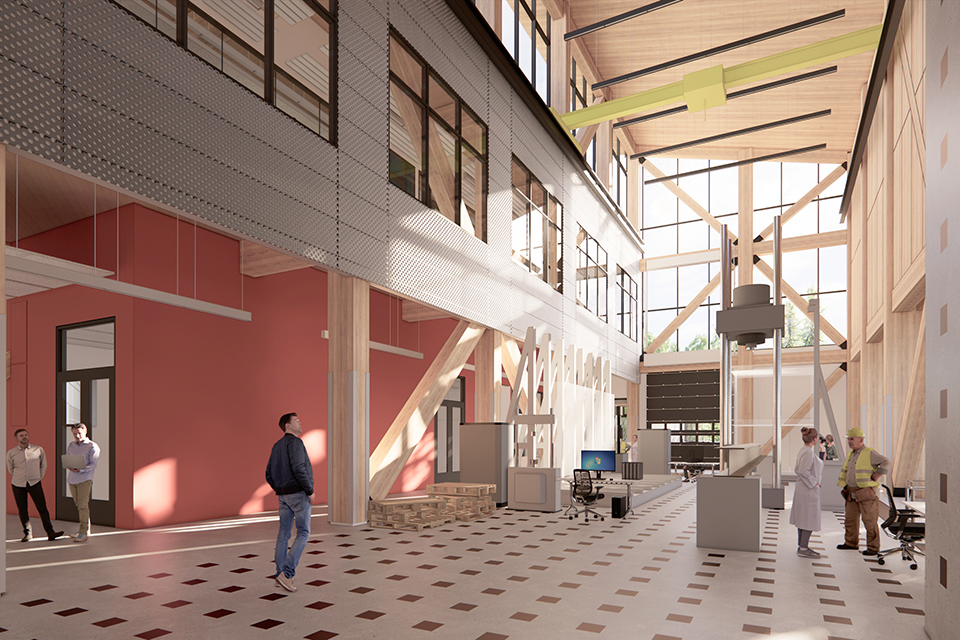
Quick Facts:
- Totalling $89.6 million, this project is being built with $64.8 million from the Province of BC and $24.8 million from the university, and through a fundraising campaign.
- UVic’s Faculty of Engineering and Computer Science currently accommodates approximately 3,000 undergraduates and 600 graduate students across seven streams of study.
- UVic engineering includes a mandatory co-op program, ensuring students graduate with a combination of education and work experience to help facilitate their transition into the labour force. For computer science students, the co-op program is optional, but many take advantage of it.
- Between 2011 and 2016, B.C.’s employment growth for high technology occupations was the highest in the country (11.7%), exceeding the national average (+3.8%).
- Of the 74,393 tech-related job openings between 2019 and 2029, about 11,603 are expected to occur in the Vancouver Island/Coast region and 53,836 in the Mainland/Southwest region.
- The project is anticipated to generate approximately 600 jobs in construction and the supplier industry.
A backgrounder is also available.
View a UVic-produced video on this project.
A media kit containing video B-roll and architectural renderings is available on Dropbox.
-- 30 --
Photos
Media contacts
Suzanne Ahearne (University Communications + Marketing) at 250-721-6139 or sahearne@uvic.ca
Click here for the backgrounder.In this story
Keywords: sustainability, engineering
People: Mina Hoorfar, Kevin Hall

